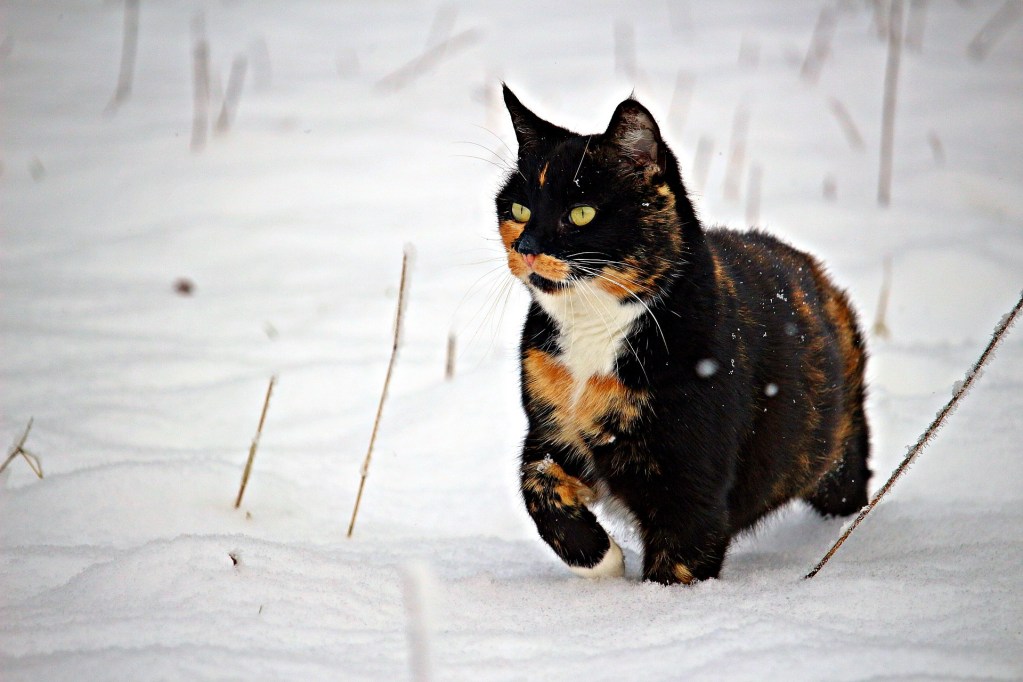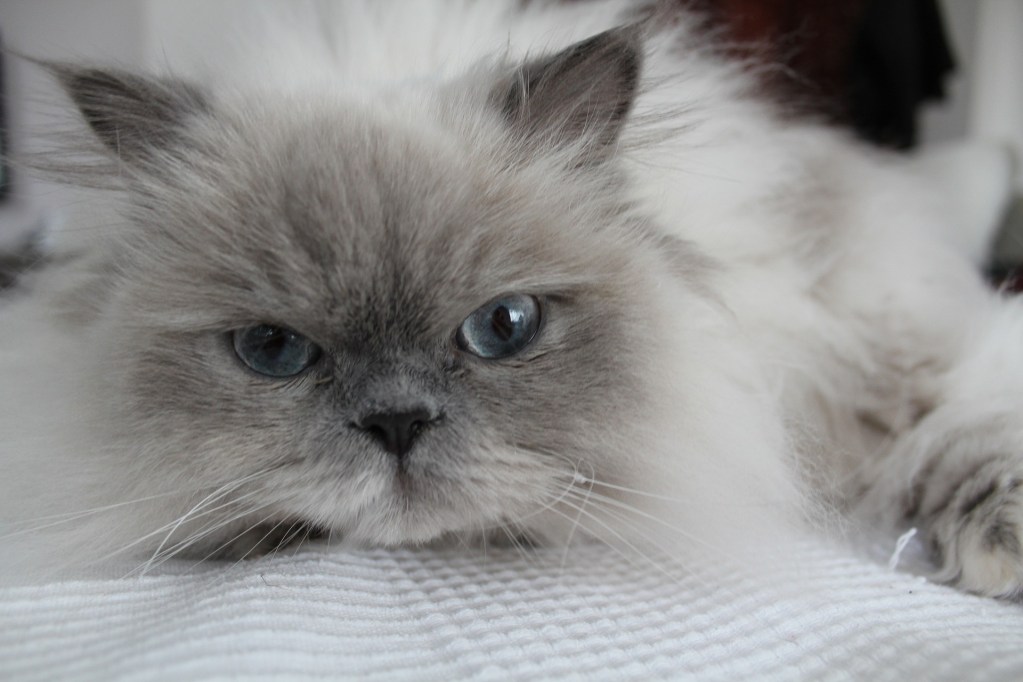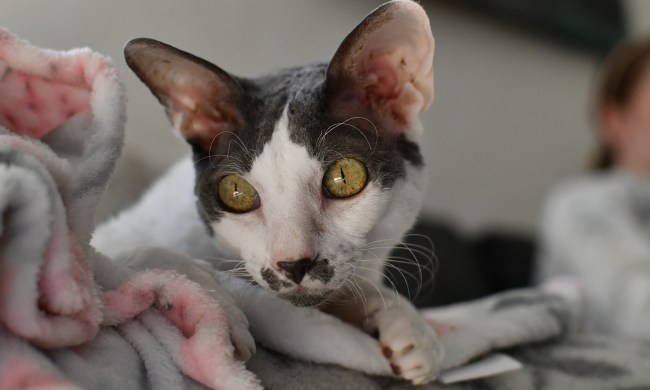
When the temperatures drop in the winter months, there are so many ways for a person to warm up. We can turn up the heat, put on a sweater, or cuddle with a loved one. Cats don’t have those capabilities, though, so they’ve had to evolve to stay warm in the seasons’ changing temperatures. That’s why felines developed such a special, ever-changing fur coat!
Not only does a cat’s coat change thicknesses throughout the year, but it also helps keep them warm. Yes — even for indoor cats! While inside cats might have the luxury of being in a heated space all winter, it’s important to understand the role their winter coat plays in their comfort, too. The more you know about how cats stay warm, the better you’ll be able to keep your fur baby healthy and comfortable no matter the time of year.

Do cats’ coats thicken in winter? Yes, and this is why
According to Catsonville Cat Clinic, cats instinctually adapt to environmental changes by growing out a thicker coat in the winter. That extra thickness primarily comes from the undercoat, which is the bottom layer of fur consisting of finer, shorter, and softer hairs. Those hairs grow faster during the winter to help trap a cat’s body heat. This allows a cat to regulate their temperature better so they can withstand colder weather.
Because a feline’s undercoat gets longer and thicker in the winter, you’ll definitely notice that they have a fluffier appearance. You may even feel it when you pet them, too! In some cats, the thick undercoat has a gray-colored appearance, too, so their fur may even appear to change color in the winter months too.
Since your cat only needs that thicker coat in the winter, he’ll also shed those extra hairs in the spring. You can brush your cat to help remove the loose hair and keep it from spreading around your house, though finding fur in random places is often inevitable.

What happens when a cat’s winter coat grows in?
Growing a winter coat is a natural response for any cat, even if he lives indoors. In fact, even with a winter coat, your indoor/outdoor cat may spend more time seeking out warmth when the cold sets in. The temperature is only one cause of this, though. There’s also less food for your cat to hunt outside in the winter, so he may decide that spending time inside is more enjoyable. Don’t be surprised if your cat food bill goes up!
Keep in mind that even with a winter coat, cold outdoor temperatures can be uncomfortable for your cat — especially if he spends a longer time outside. Your cat might ask to go outside in cold winter weather but be prepared to let them in again soon.

When does a cat’s winter coat grow in?
While the basic idea of a cat’s winter coat growing in sounds simple, the details are more complex than you’d think. After all, a cat’s undercoat has a big effect on both how they feel and look!
It’s not just the time of year that triggers the growth of the feline winter coat, for example. While many believe that colder temperatures are the starting factor, it’s actually sunlight that affects the timing of undercoat growth. As Catsonville Cat Clinic explains, shorter daylight hours cause cats’ hormones to begin the dreaded shedding before the thicker undercoat grows in.
And the same thing happens in the spring! Longer daylight hours will trigger shedding, and then the growth of the lighter summer undercoat.

Keeping your cat warm in the winter doesn’t have to be difficult
Even though your cat’s winter coat can help them cope with colder temperatures, they’ll still appreciate your efforts to keep your home warm. One easy way to do this is to turn your thermostat up a small amount — or at least turn up the heat in the rooms where your cat spends the most time.
You can also make your cat cozy in their sleeping spots throughout your home. If they have windows they prefer, make sure that they’re fully closed, and consider replacing the weatherstripping if it’s getting old. You can always give your cat a nice blanket or cat bed to snuggle into as well.
You might also want to get your cat some products intended to help keep him warm. Fully enclosed cat beds make for cozy spaces that can help keep drafts out. You’ll also find that some beds are made of self-warming material that reflects your cat’s body heat back at him.
Alternatively, there are plenty of cat beds, blankets, and houses that are heated. These products are electrically powered, so look for one that’s designed to consume minimal energy and that has an energy-saving function. These powered products can get your cat extra warm without requiring you to turn up the heat in your home too much. They’re particularly helpful for older cats or those who may be stiff in the winter because of arthritis or other aches and pains. Doesn’t that sound cozy?
When the winter weather sets in, your cat’s body will have already been preparing him for the cold — even if he’s an indoor-only cat. However, you can help him stay comfortable by keeping your house just toasty enough and by giving him warm places to sleep. When your cat inevitably sheds his winter coat in the spring, be ready with a quality brush. You can help prepare him for this by introducing short periods of brushing gradually over the winter. The more actively you brush your cat, the less hair there will be to spread throughout your home. Brushing can also minimize the amount of hair that your cat ingests, helping to prevent hairballs. Good luck!


